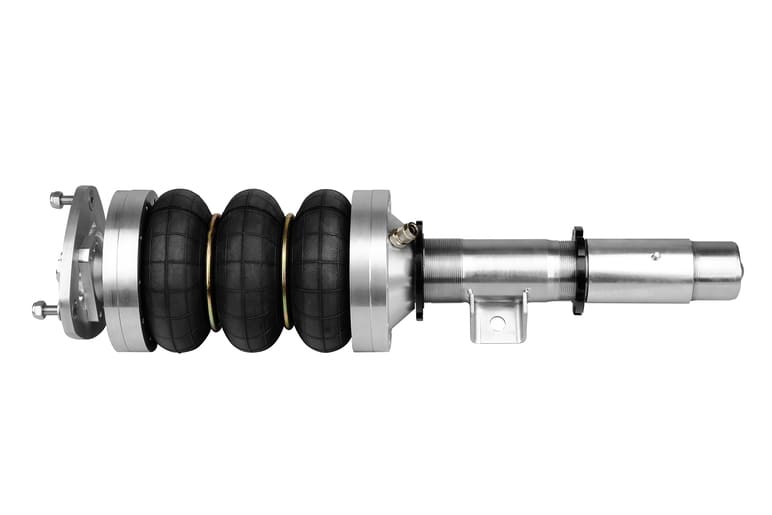
An air suspension upgrade can give your car a comfort boost.
Whether it is speed bumps in a residential cul-de-sac, low kerbs on driveways, or even potholes or unintended bumps in the road, it is a sad fact that roads in the UK don’t really favour vehicles bearing heavy loads or high performance sports vehicles. There are bound to have been times when you have wanted to raise your lorry’s or car’s suspension up to help it clear an obstacle more easily. Similarly, sometimes when there is nothing in the back of your van you’re sitting pretty high up and can feel yourself going a lot slower than normal. While normal suspension systems that revolve around coils and springs are comfortable and keep a vehicle handling well, they don’t offer you the option to raise or lower your vehicle. Enter air suspension.
Air suspension, or air-ride, has been around for a long time and aftermarket kits first appeared for sale to be fitted to cars right back in 1920. As well as giving drivers comfort, it was used from the outset as self-levelling suspension for heavy loads. People even used it to help smuggle moonshine illegally! This is why even today many new lorries and trailers come fitted with air suspension systems and there are a whole host of aftermarket kits that can be retrofitted.
Air Lift is one of the best known companies for aftermarket air suspension and they have actually been around since 1949. While we tend to associate air-ride as being geared more towards comfort than performance, it was hugely popular in both drag racing and NASCAR in the 1950s and 60s.
So what is this air suspension, why do people want it, and what are the pros and cons of using air-ride?
What’s air suspension and how does air suspension work?
Conventional shock and spring suspension systems that feature steel components provide a vehicle with great handling and make for an all-round fantastic performance. Air suspension, however, replaces these components with heavy-duty rubber airbags that can be inflated using either an in-vehicle or external air compressor. This lets the vehicle raise or lower itself depending on how inflated the airbag is and can make a car much more comfortable to drive or make it look better. Does air suspension affect performance? Yes – but not necessarily in a bad way. Modern kits also have things such as camber adjustable top mounts and adjustable damping, meaning you can have the best of both worlds.
It’s important to note that there are two different types of air suspension: ‘semi’ air suspension and ‘full’ air suspension.
‘Semi-air suspension’ supports a car’s existing suspension. We often find this on heavy goods vehicles or lorries. An air spring is fitted between the chassis and the rear axle, which raises the ride height of the vehicle and generates greater spring travel. In this way, the semi air suspension helps to increase the level of comfort and stability when travelling in your vehicle.
If you’ve got suspension problems, full air suspension could be a fully automatic and adjustable solution. The conventional suspension system is completely replaced by a full air suspension system that filters out unevenness in the road surface, making the ride much more comfortable.
So ultimately, the one big difference between conventional and air suspension systems is that instead of the car sitting on a coil spring, it’s sitting on a rubber bellow of compressed air. Since the bags aren’t pre-inflated, they are fed by an air tank and electric air compressor, the car to be raised and lowered simply by inflating and deflating the bag.

What are the key components of an air suspension system?
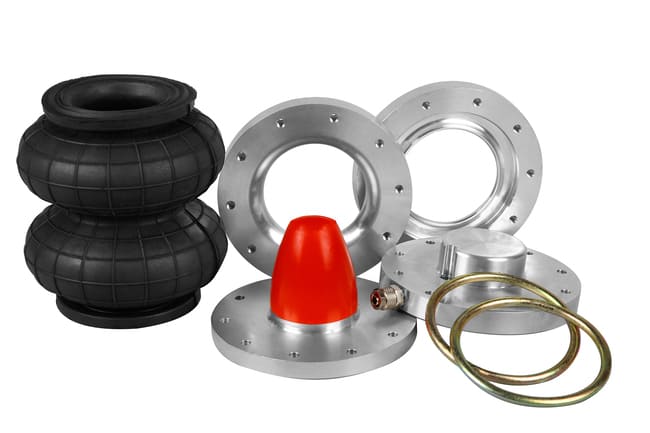
Air springs (bags)
These are strong rubber bases that replace the coil spring of a conventional setup. They come in two main styles: the coilover setup or the conventional style. In the coil set up, the bag has a hole in the middle allowing the shock absorber to travel through it. In the conventional style, the bag is completely independent from the shock absorber.
Modern airbags aren’t like a balloon filling with air we might be picturing. They are strong and durable and are designed so they only expand and contract up and down. At full inflation they can have an air pressure of 100psi.
Shock absorber
If you have a suspension design where the spring is mounted separately to the shock, the same shock absorber you would have used with your conventional coil spring can be used. Thankfully these days, with the surge in popularity of airbags in the tuning scene, there are now coilover-style kits for a wide range of cars, giving a matched shock and airbag combo. These kits not only make fitting simpler, but they improve handling and ride. Many of these feature shocks with adjustable height platforms for the bags, adjustable damping, and even camber-adjustable top mounts.
Compressor
Air doesn’t just get into the air bags by magic This is what the compressor does. All air suspension kits need at least one compressor and you’ll usually find the one supplied is fairly small and compact; they often fit neatly into the car boot. They often run off a 12-volt power supply and they won’t, therefore, run your battery down. The big problem is, though, that they are often very noisy.
Air tank
This noise from the compressor is what makes the air tank necessary. You could have air-ride without it, but the pump would have to be running far too often and it would take too long to raise the car unless the pump was gigantic. An air tank is used as the main supply to the air bags and the air compressor is used to simply keep the tank above minimum pressure. Depending on size, air tanks allow the suspension to be raised at an acceptable speed without the compressor needing to kick in. This also needs to be stored in the boot of many cars though. You just have to decide what’s most important to you; more boot space or a bigger tank.
Advantages
Improved fuel economy
The higher your suspension is, the more the wind resistance of the lorry and trailer and this means that worse your fuel economy is going to be.
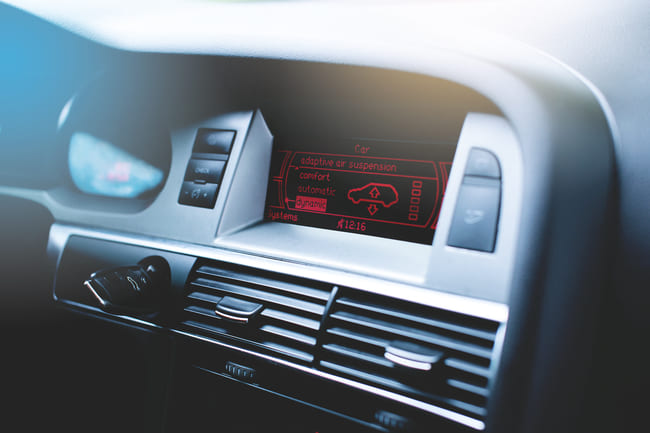
Advanced air suspension systems can adjust the ride height based on the weight of the load and the type of journey you are on. For long, smooth motorway journeys with light loads that don’t compress the suspension as much as heavy loads, the suspension can be adjusted lower, to maximise your fuel economy. For heavy loads, the suspension can be made as firm as required and the vehicle stays lower to the ground because of the heavy load. In both situations, the vehicle stays low and saves you fuel. In a conventional suspension system, if the load was light the vehicle’s suspension, which is designed for heavy loads, would stay rigid and your fuel economy would be much worse because of the resistance.
More environmentally friendly thanks to reduced CO2 emissions
Because of this decrease in fuel consumption and the smoother ride, this automatically means less fuel is used, journeys are quicker and shorter, and as a result it is much better for the environment. This is something we can all be happy about!
Reduced vibration
Better for your cargo and better for your back on those long drives, air-ride reduces the vibration of the lorry or car. Back pain isn’t just something that comes with age; long-haul lorry drivers can experience this if they are in the sitting position for a long time. Vibration causes fatigue and discomfort, too, meaning a happier, fresher, and ultimately safer driver.
Similarly, cargo carried by the lorry is less likely to be damaged or to shift around in the back of the van or lorry too(although, packaging and load restraint methods these days are very good anyway).
Along with this, a trailer can be used for more types of loads when the suspension setup is flexible. Fragile loads such as glass are less likely to be damaged and loads with difficult weight distribution can be levelled.
Improved tyre wear and handling
Less vibration and a better spread of the load through levelling results in improved tyre wear. Some air suspension can even lift unused axles, extending the life of those tyres.
Suspension is a big factor in how a vehicle handles, too. Better suspension could mean less likelihood of a rollover event. If the vehicle is higher off the ground it is a lot harder to handle and this can be a problem for vans or lorries with a rigid suspension system when they aren’t carrying a load.
Easy Installation
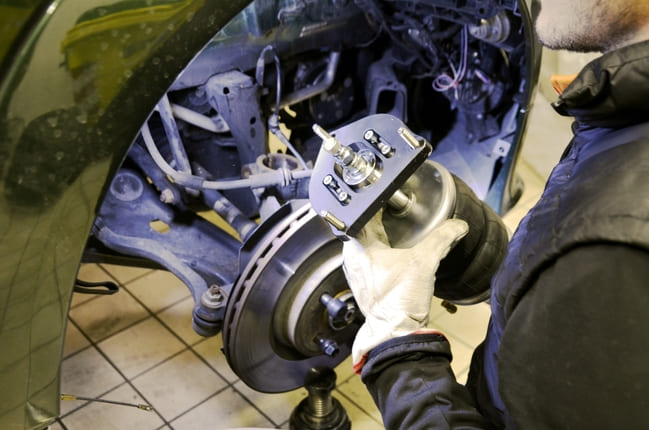
The great thing about these systems is that they are very easy to install. 5 years ago this might have been a little different, but these days there are various direct replacement air-ride kits available for a huge number of popular cars. While fitting full air suspension to a car is still a job for the professionals, for most of us, fitting semi air suspension is no harder than fitting a set of coilovers and shouldn’t take more than a day to do. These ‘plug-and-play’ semi-air suspension kits are also relatively inexpensive. Where to install the air suspension doesn’t pose much of a problem as these kits are designed to fit around current suspension systems, as long as there is some boot space for the tank and compressor.
Disadvantages
That isn’t to say, however, that everything is perfect for air suspension systems and there are some downsides.
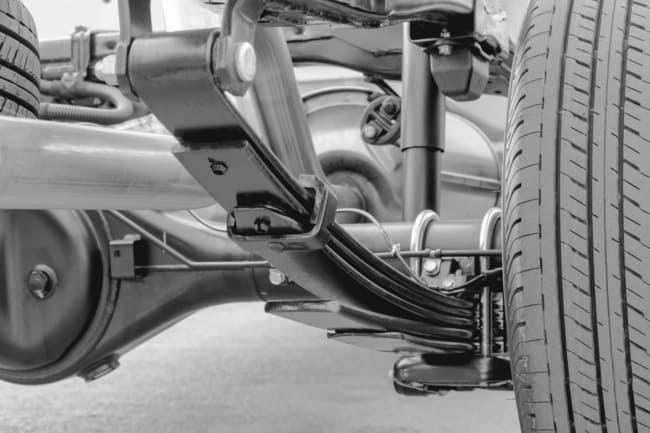
Some lorry drivers still argue that traditional leaf springs in an articulated lorry can offer a better ride, regardless of the load. This could be in part due to the fact that air suspension can be around 50kg heavier than leaf spring suspension. This extra weight might actually counterbalance the ‘better’ handling provided by the vehicle being lowered and make it harder to drive.
Since it weighs so much more, it could be possible to install other aerodynamic devices such as trailer skirts and cab side vanes to get the same fuel economy gains instead.
Leaf spring suspension is also much more durable and usually doesn’t need much maintenance for the first 5-7 years, after which it will need to be retorqued. On the other hand,with air suspension, cars need to be serviced more frequently – up to 3 times the cost in the first ten years. Air suspension can leak and you’ll need to keep a spare air line and other parts. Air suspension also needs to be tested more frequently, which takes time.
While leaks are rare, finding them can be a little on the frustrating side. You’ll also lose some of your boot space. You need a decent sized tank to avoid the noisy compressor kicking in when raising the car. Height changes aren’t quite as rapid as with hydraulics.
Common air suspension problems might also be that the air suspension is inactive because of this leak or that the control unit is broken. The compressor could also fail or the air tank could lose pressure. These all then need to be serviced or replaced, which could cost you more money through parts of by repair costs at a garage.
The Verdict
So what is it really like to have air suspension and use it on a daily basis? Better than most people might expect. A good kit, set up correctly, will handle far better than the conventional suspension in vans or lorries. For your average passenger vehicle, it might not be something worth your time, as regular suspension will do you just fine. That said, people have happily drifted and set respectable lap times on air-ride setups, so if you have a car that is particularly low to the ground, like a Porsche Carrera or almost every Mercedes S or E class, this could be an option for you.
You will of course lose a little boot space to the compressor and air tank, but no more than you would with a sub box or nitrous bottle and there’s very little weight disadvantage by adding the air-ride kit either.
Don’t get us wrong though: air-ride doesn’t offer the instant height jumps that hydraulic systems do (you won’t be bouncing like a lowrider), but it really only takes a few seconds and with the right size tank it can be done in silence too. If you’re wondering is air suspension reliable then rest assured it is and countless people have these systems on daily driven cars with no issues at all.












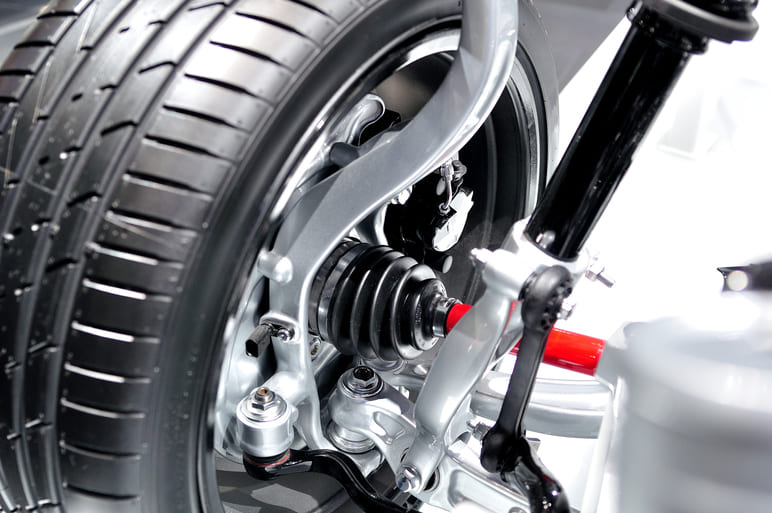
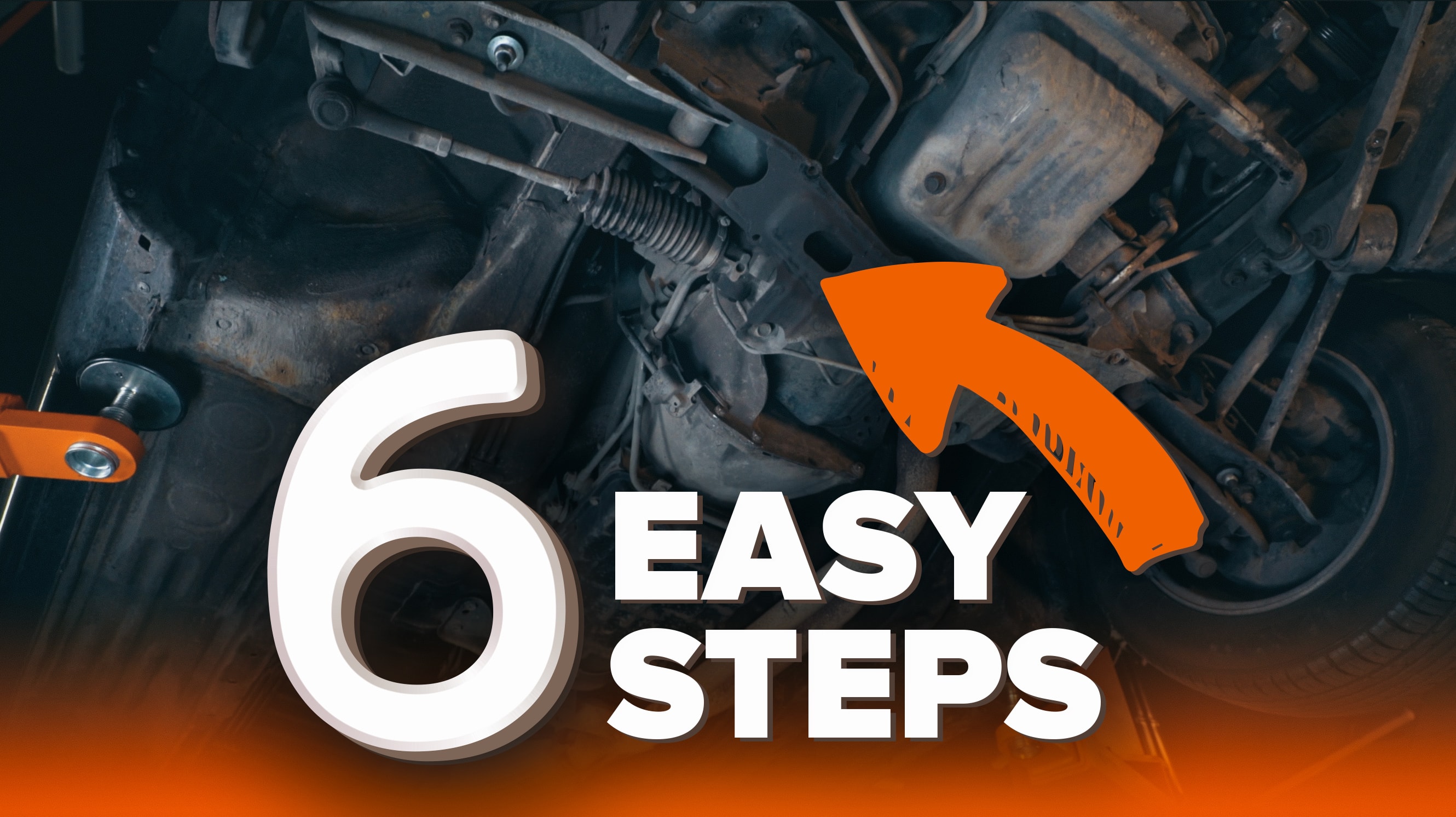



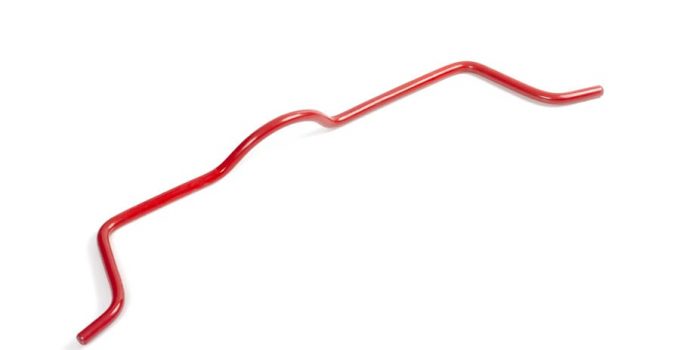
Comment